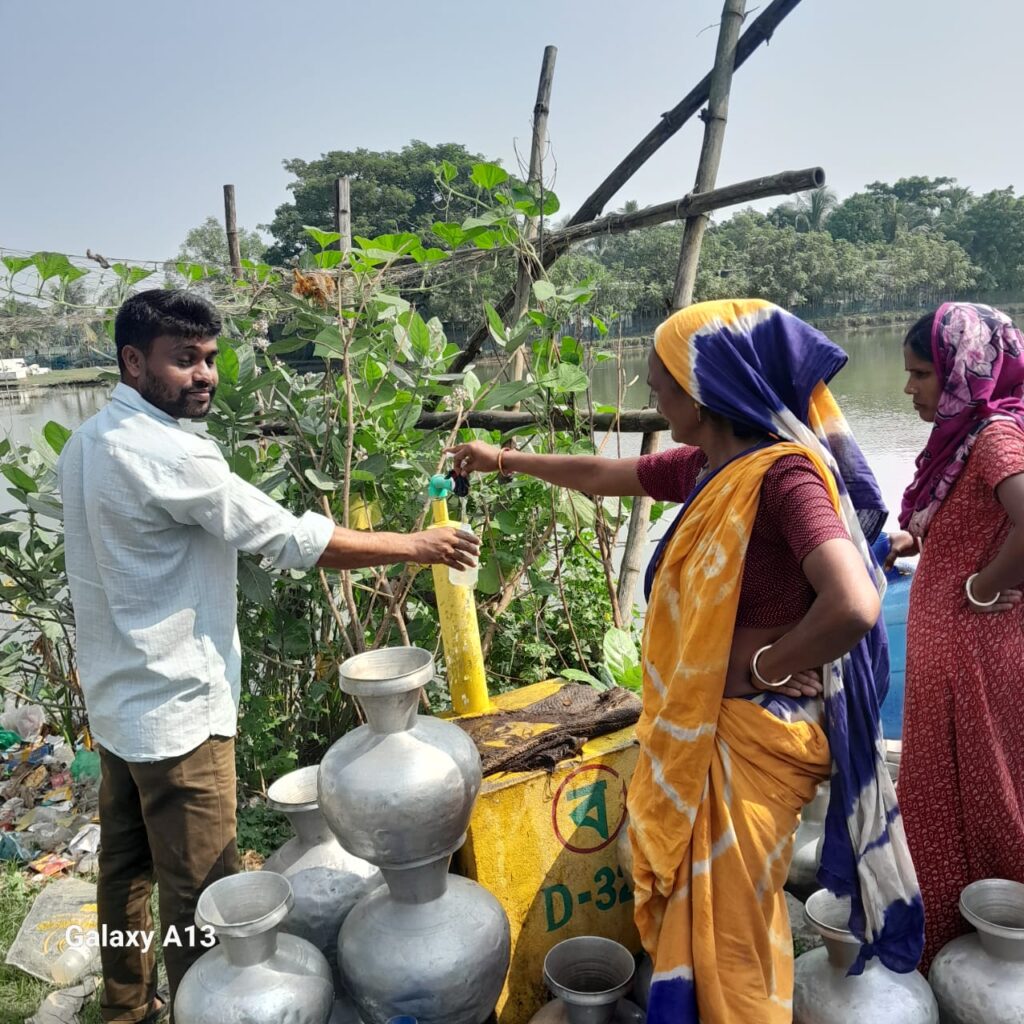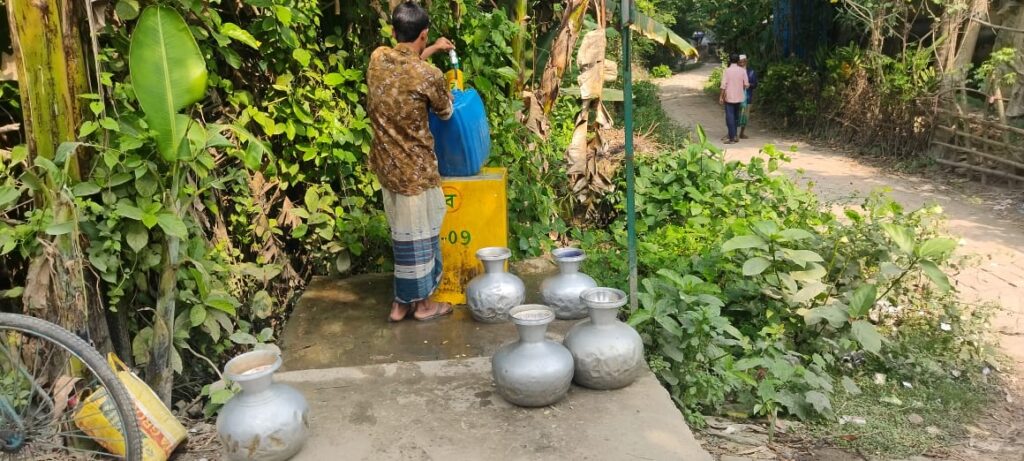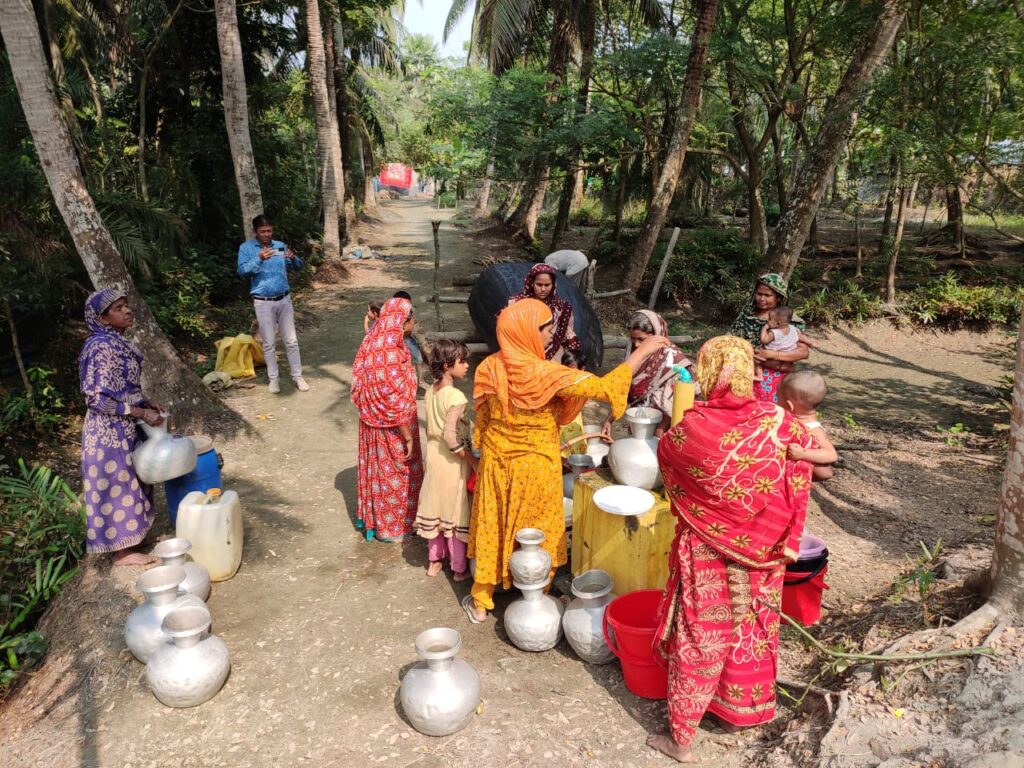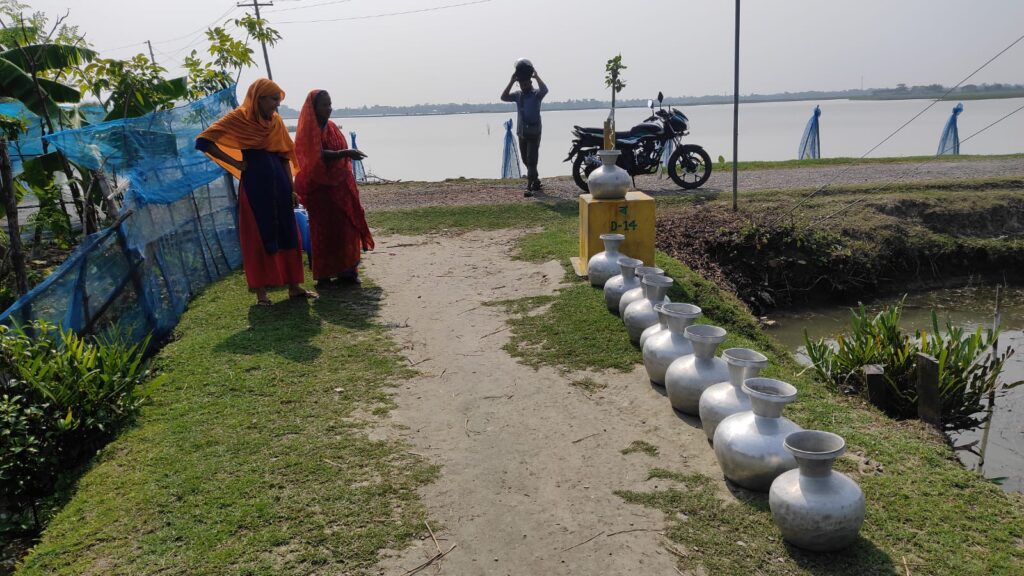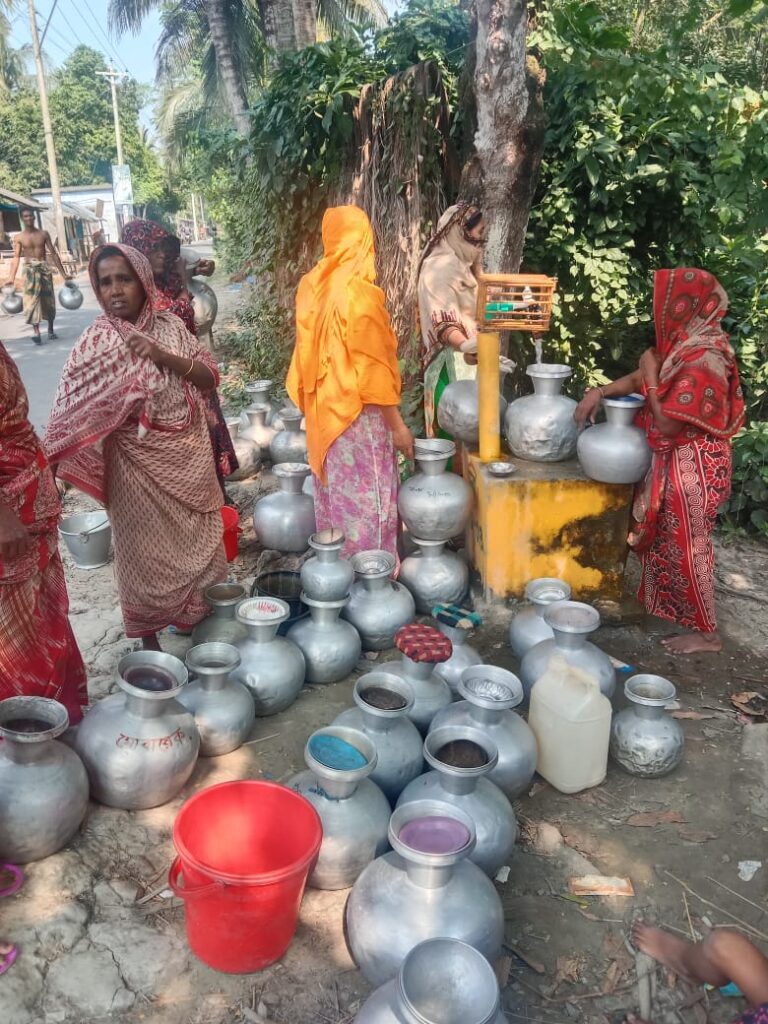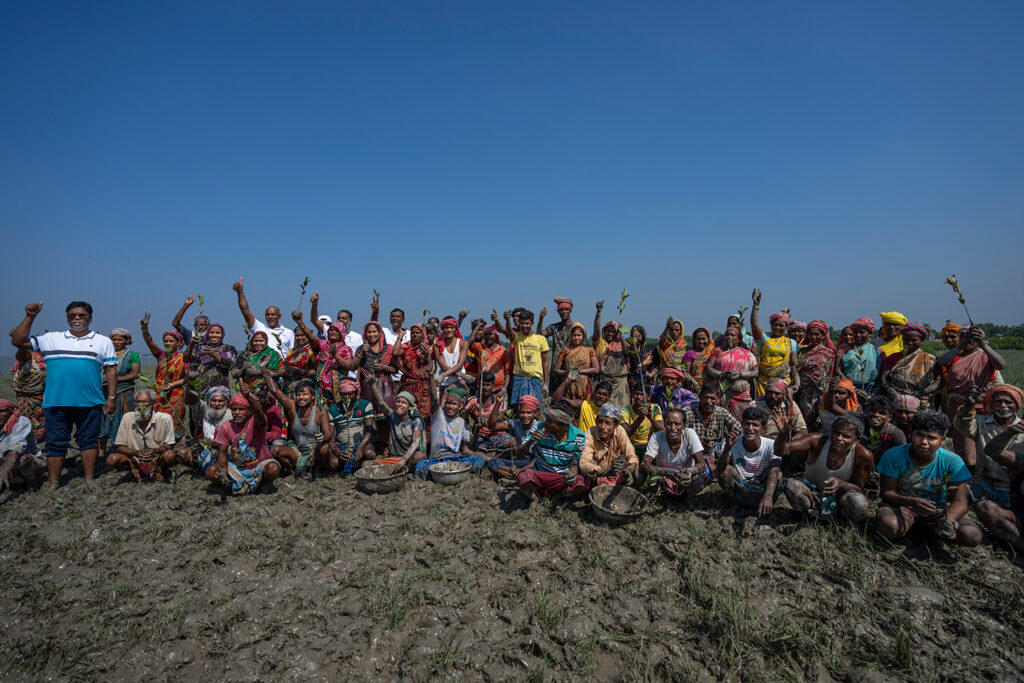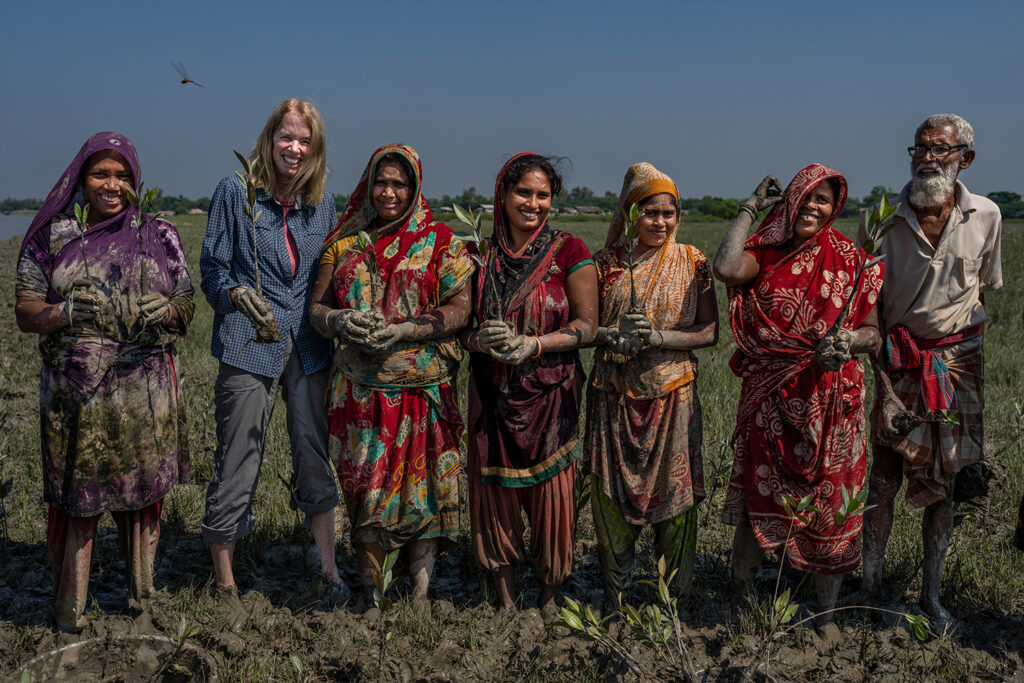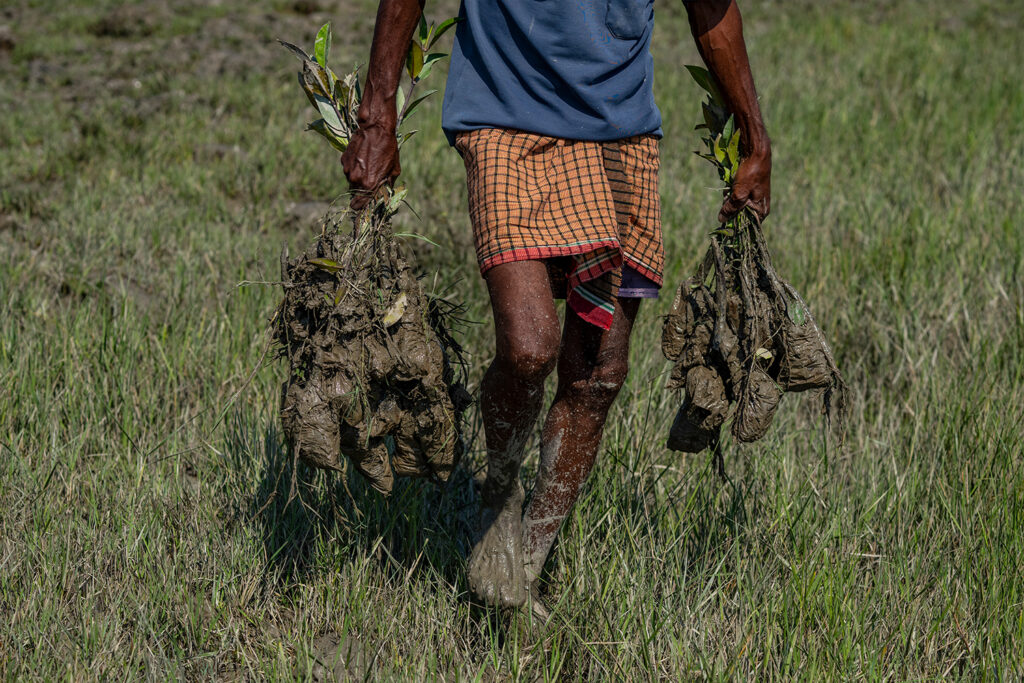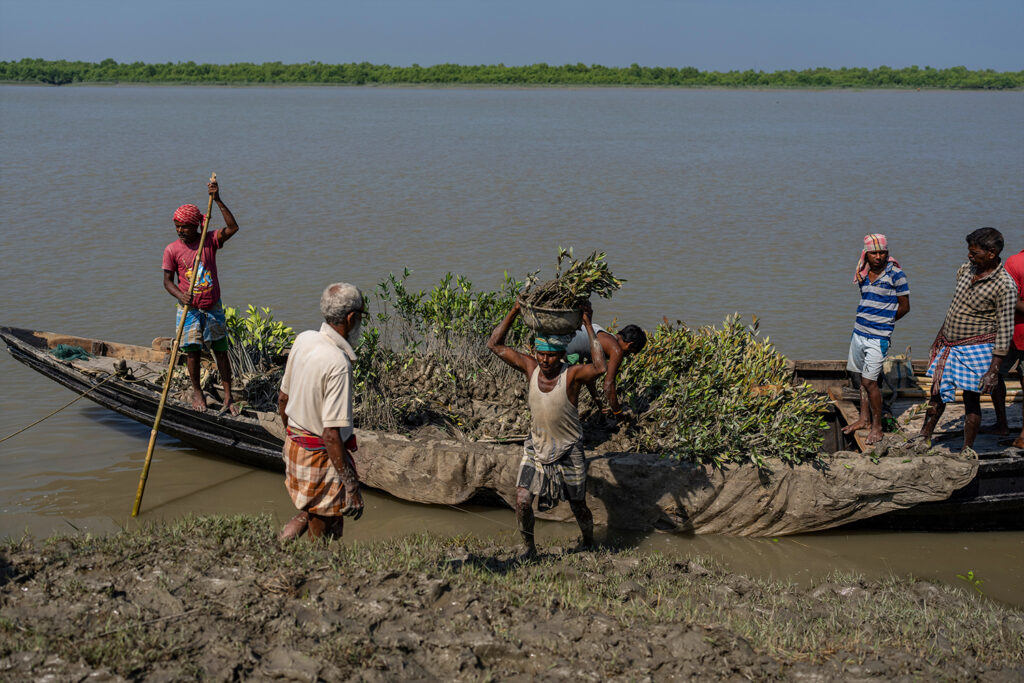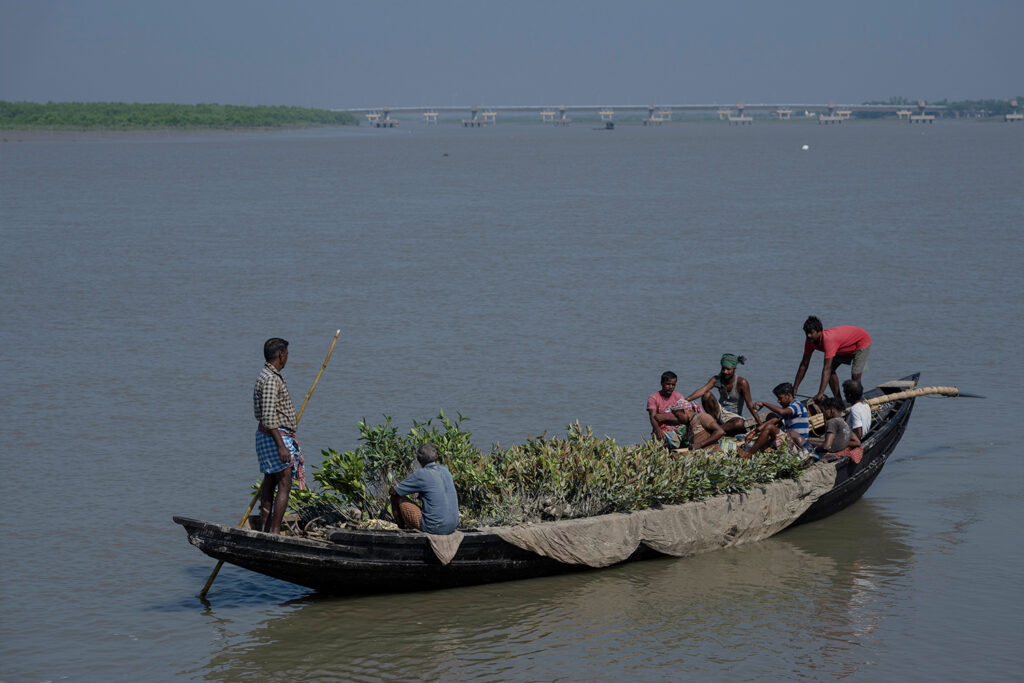Rays of Relief
Water Purification Technology for Coastal Bangladesh
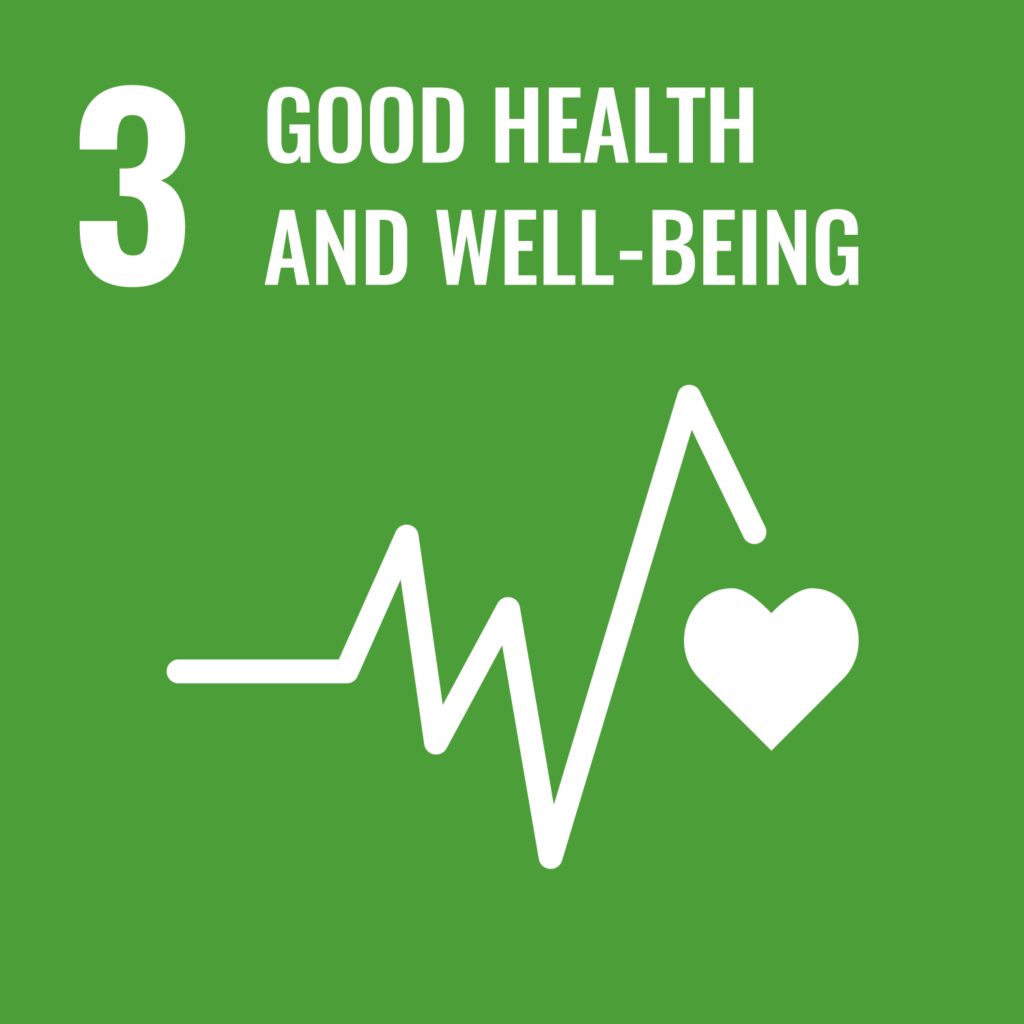
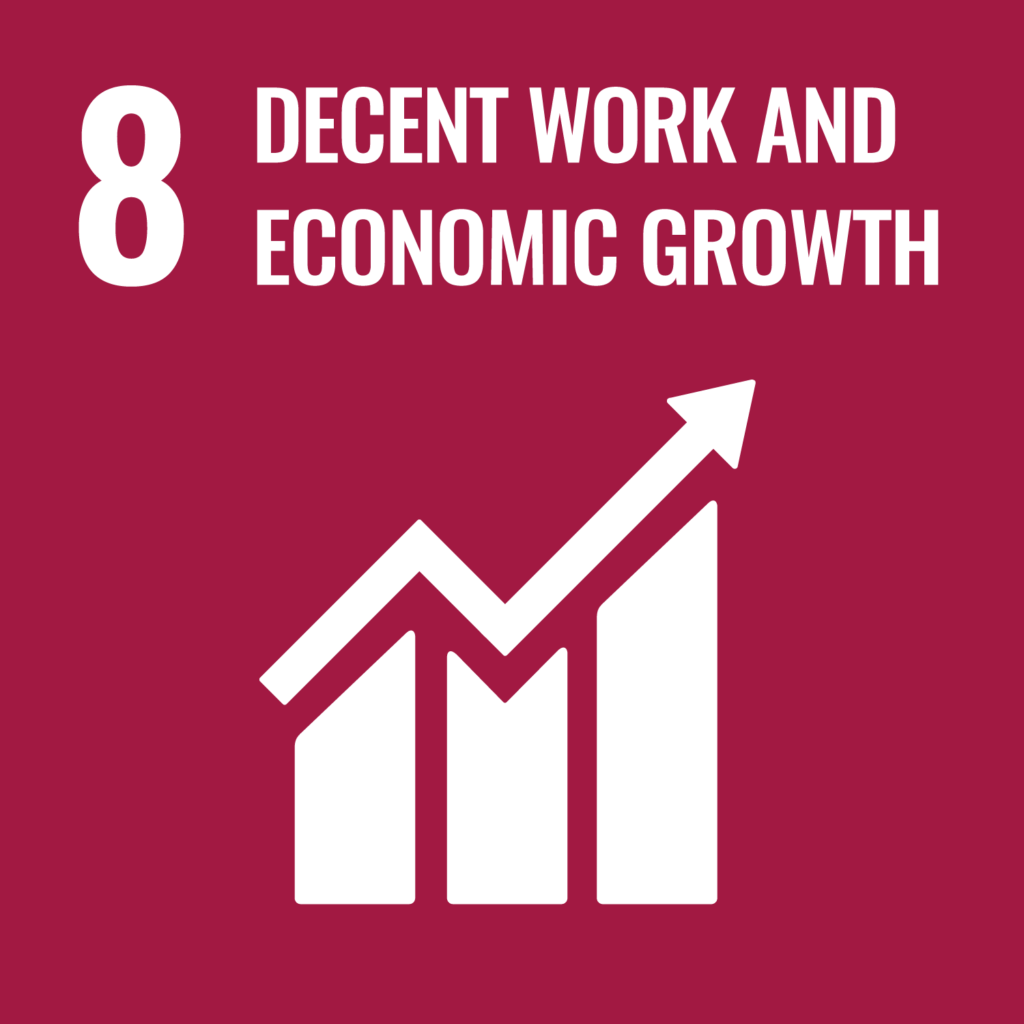

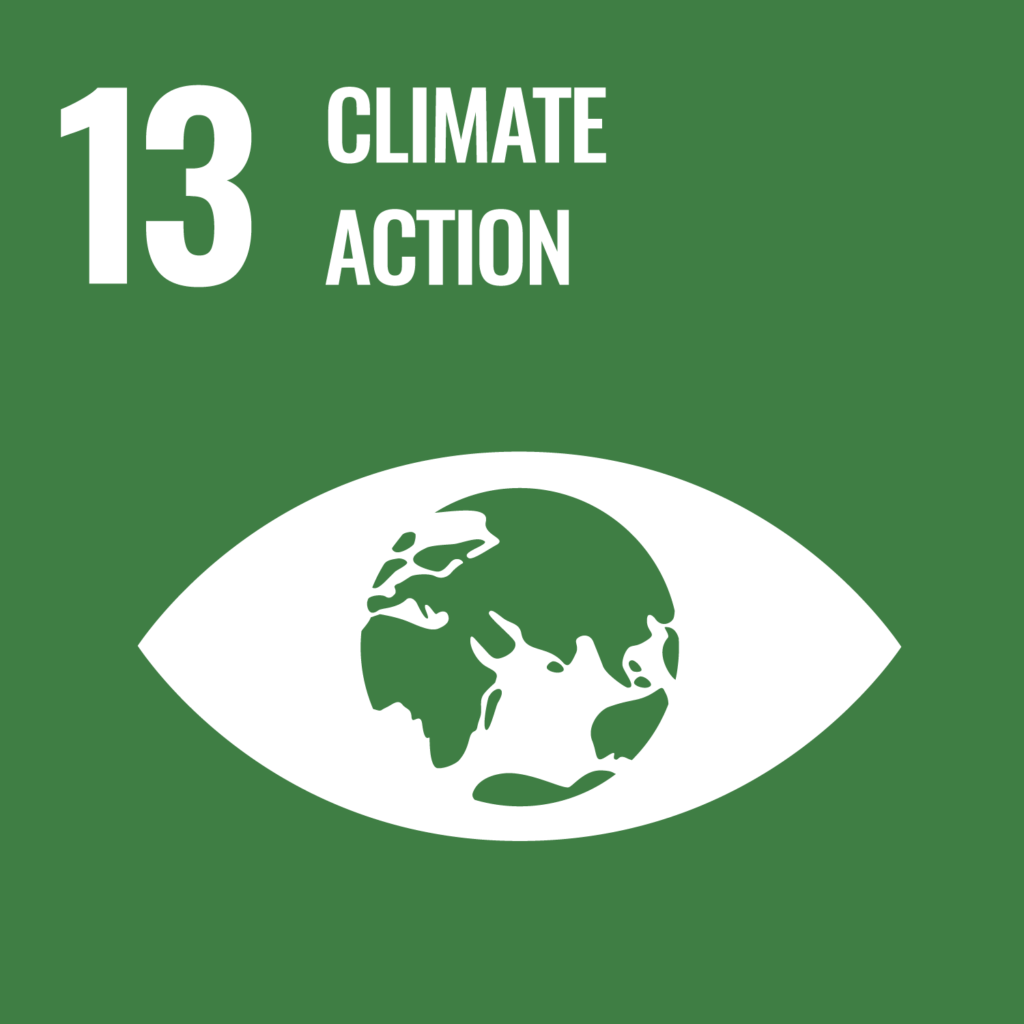
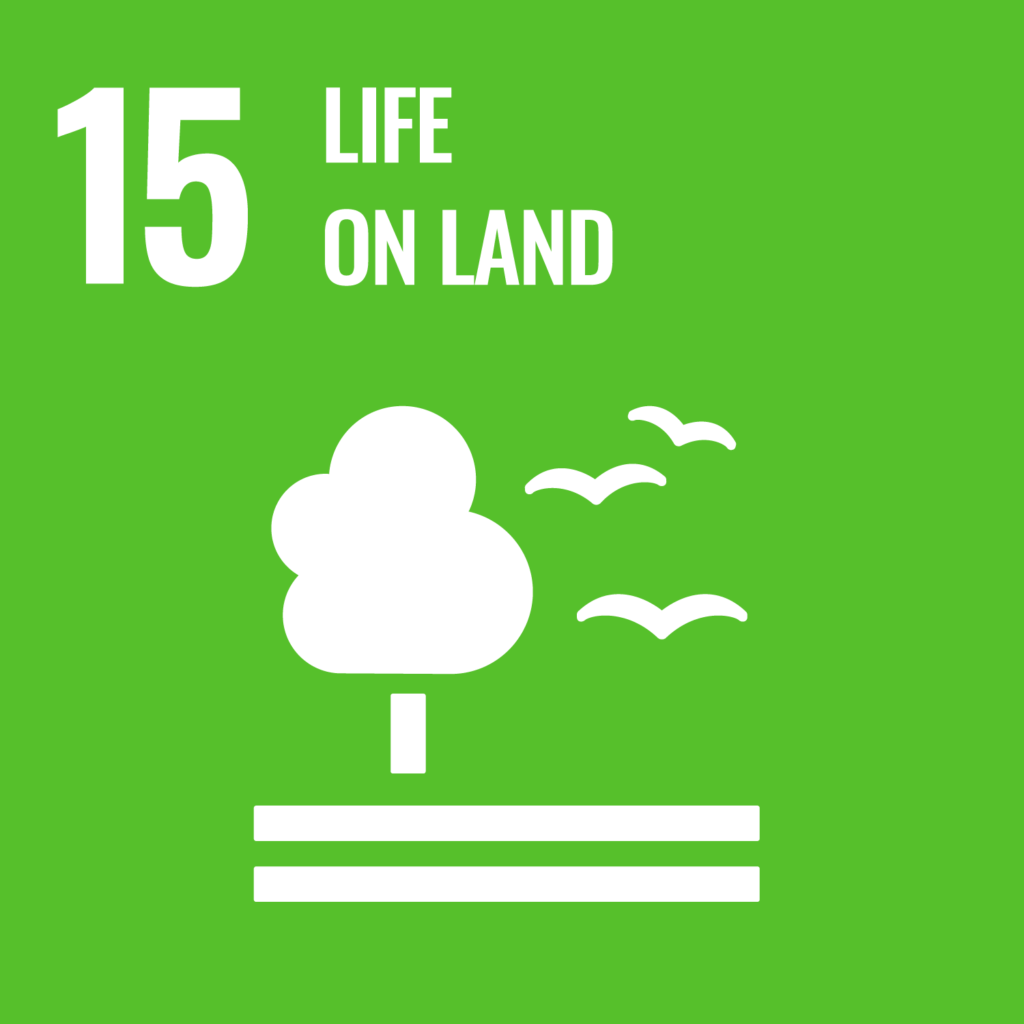
In a pioneering approach to water security, coastal Bangladesh’s rural communities are embracing solar-powered water filtration systems to combat persistent waterborne diseases and environmental degradation in the region. Solar water filtration serves the dual purpose of providing affordable clean water through solar desalination while reducing traditional biomass-dependent purification methods that strain local forest resources. By integrating renewable energy solutions with community water management, the project establishes a sustainable framework for both environmental conservation and public health enhancement.
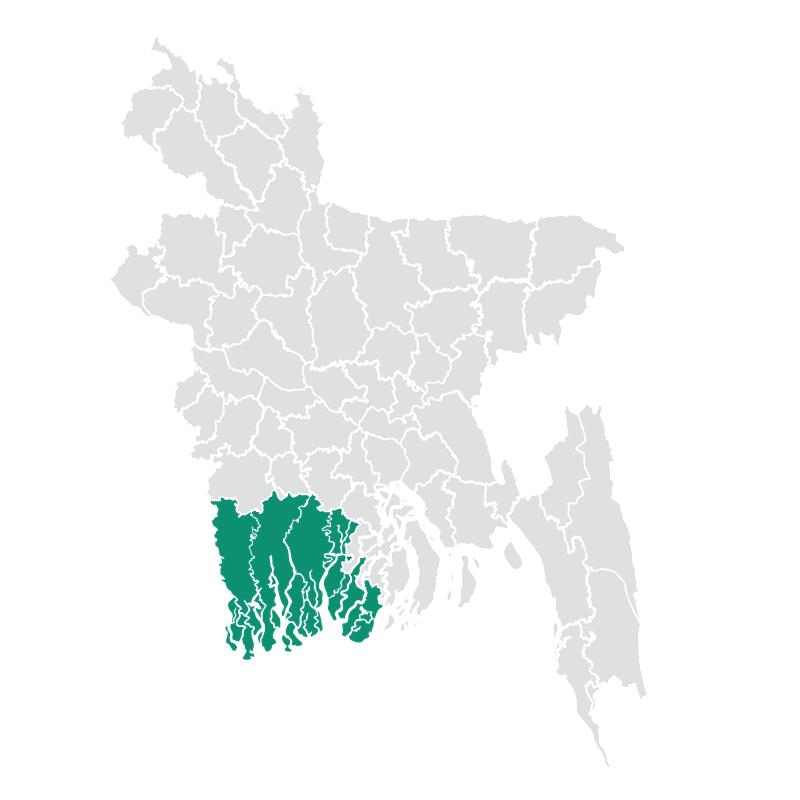
Khulana, Bagerhat, Satkhira, Barguna, Pirojpur
Project Location: Khulana, Bagerhat, Satkhira, Barguna, Pirojpur
Methodology: Technologies and Practices to Displace Decentralized Thermal Energy Consumption
Standard: Gold Standard
![]() Installed: 123 Units
Installed: 123 Units
![]() Deployment Plan: 400 Units
Deployment Plan: 400 Units
Community-led Sustainable Water Management
Mangroves are nature’s adaptive marvels, shielding coastlines from the fury of storms and tides while providing sources of livelihood for coastal inhabitants. Building on this natural resilience, our program aims to strengthen the region’s adaptive capacity by leveraging the power of local communities. “Baha’ Mou,” for example, supports the Mouli community by facilitating market access for their mangrove honey products, fostering livelihoods. “Learning with Joy” is another example that enhances island dwellers’ access to primary education. These social interventions and continued engagement with the communities ensure permeance and longevity in these programs, an essential element of a blue carbon project in the Sundarbans.

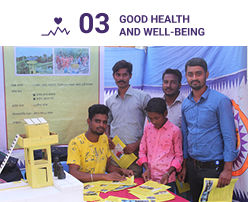
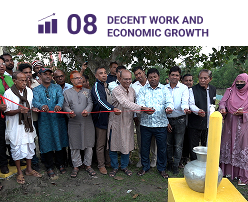
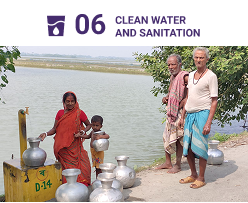
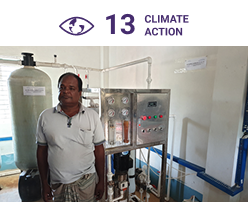
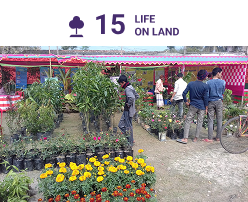
At the core of this health-focused intervention are solar-powered systems incorporating physical filtration—including iron and sand filters—complemented by chemical treatment units. This integrated approach ensures the consistent delivery of the highest quality potable water, creating a robust barrier against waterborne diseases and establishing a new standard for community health infrastructure.
The project transforms water accessibility through a strategically designed distribution network that prioritizes convenience and comprehensive coverage. Installing multiple dispensers at carefully planned intervals of 500 meters to 1 kilometer throughout villages ensures widespread water access while minimizing collection wait times. This systematic approach particularly benefits women and children, traditionally burdened with long-distance water collection, altering daily routines and creating time-saving opportunities.
The initiative catalyzes local economic development through strategic employment generation across Bangladesh’s coastal regions. Operating in more than 34 upazilas, the project creates diverse employment pathways, from specialized roles for site engineers to construction and maintenance positions. Under BBF’s on-ground monitoring, these positions provide immediate employment and foster skill development in renewable energy and water management, building long-term professional capacity within communities.
The project achieves significant environmental impact through its innovative approach to water purification, resulting in a substantial reduction of 183,480 tonnes of carbon emissions. Through community engagement and education, the initiative implements a transparent water collection subsidy scheme. This fosters understanding and commitment to responsible water management practices while contributing to broader climate action goals.
The initiative delivers measurable environmental benefits by preventing the consumption of approximately 321,000 tonnes of wood previously used for water purification through boiling. By eliminating the necessity for firewood collection, the project addresses both immediate deforestation concerns and long-term land degradation challenges, establishing a sustainable model for resource conservation.
Bridge Schooling
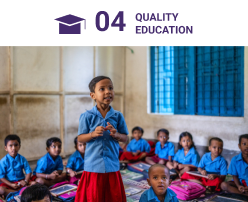
Given the dispersed nature of these islands, access to schools for younger children is limited. The program works with infrastructure upgrading to one of the existing island schools, from the current limit of intakes of the 2nd grade to include children up to the 5th grade. We envision this to act as a bridge for children who can then have the option of continuing their secondary schooling and high school pursuits in neighboring islands.
Women to the Forefront
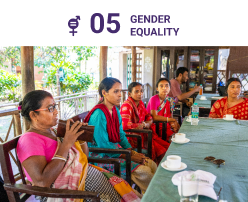
These island communities have a fight on their hands. Diverse gender participation is crucial for the success of such programs. Gradually pushing the social boundary is imperative, and our women project participants have been instrumental in setting up nurseries, planting mangroves, and contributing immensely to the operations and maintenance of the projects. The Baha Mou’ mangrove honey program is a highlight of the program, given this all-women collective can connect itself to a digital and export marketplace.
Inclusive Livelihood Access
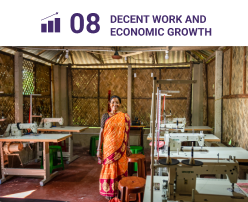
The entire program is run by the people of these islands. All the operational teams, from seed collection to planting to maintenance, are from these islands. Apart from the direct economic activity that the mangrove program generates, there is a women’s collective as a part of the livelihoods project involving the collection, packaging, and export of mangrove honey. The project also works to provide livestock and build fisheries in the region to enhance household income.
Climate Action for Coastal Adaptation
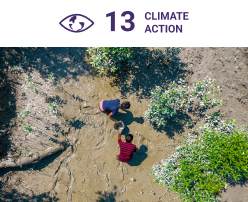
Mangroves are a crucial defense mechanism for this region. These islands are among the most vulnerable regions in the world to climate change. So, building walls of mangroves is the only option for them to adapt. The loss of livelihoods due to degrading mangroves and soil erosion are also issues of high relevance. The project thus serves a dual win-win purpose, one of carbon removal and the other of coastal adaptation, which is imperative for these islands. Mangrove restoration and livelihood development are the driving forces behind our efforts to ensure this program positively impacts both communities and biodiversity.
The Royal Bengal Tiger
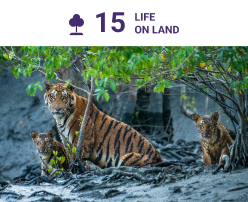
This program is amidst the Royal Bengal tiger habitat. The dense mangroves provide this majestic creature cover for hunting and escaping illegal poaching, playing a crucial part in their existence and survival. Apart from the tigers, this region is home to the King Cobra, olive ridley turtles, green turtles, and estuarine crocodiles, making it a rich biodiversity ecosystem that needs the mangrove habitat to thrive.
Gallery


